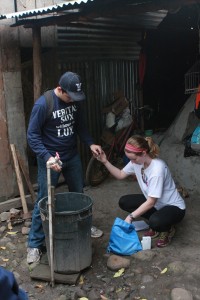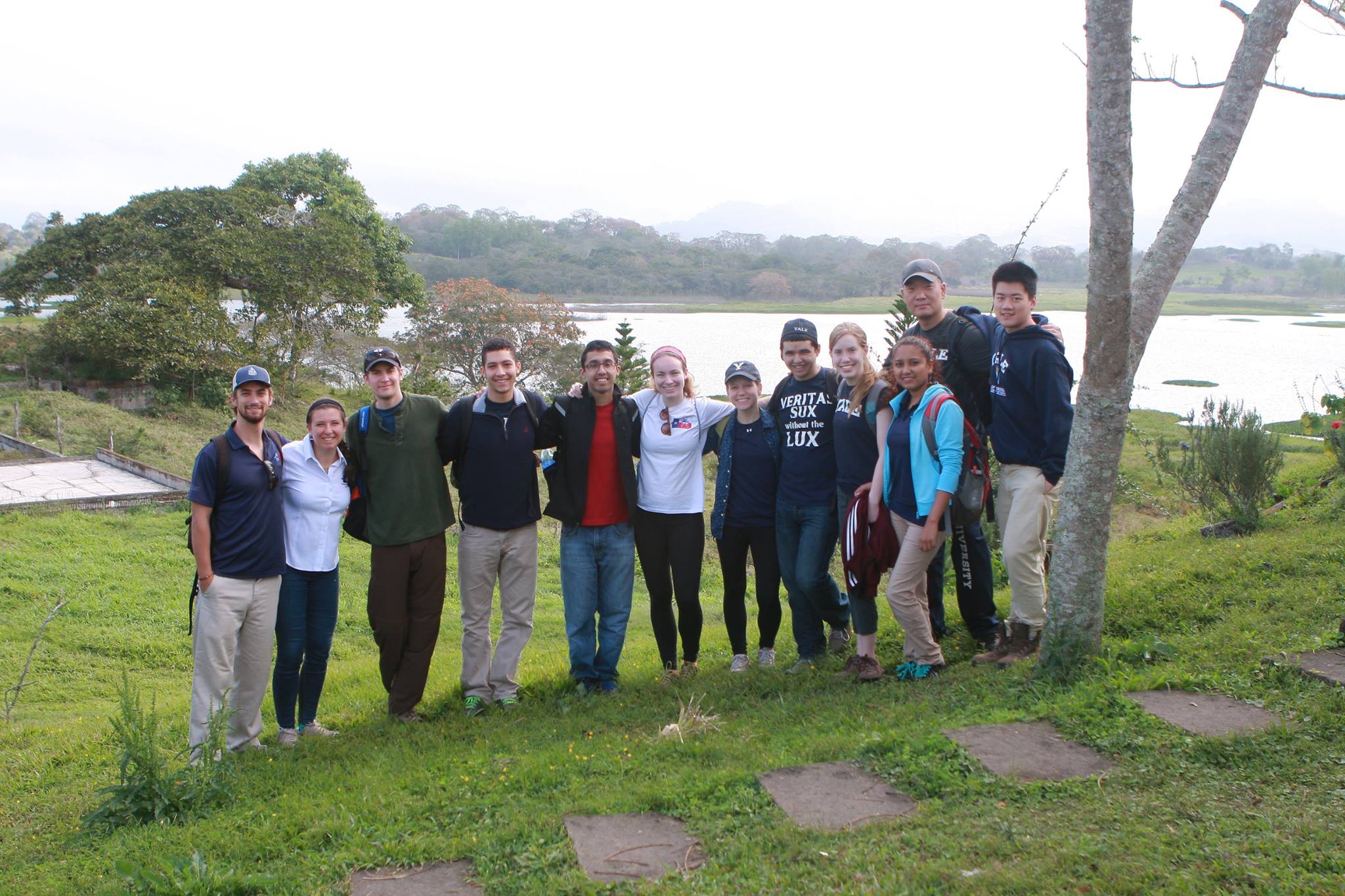With a global population of 7.3 billion, the earth can be a difficult place to live. It is increasingly challenging to maintain the quality of the planet’s resources when so many people use them. In Latin America alone, 77 million people lack access to safe water, and 100 million people lack access to sanitation.
ENVE410L, an environmental engineering class at Yale, focuses on teaching students how to address these environmental problems. Over spring break, the class traveled to Nicaragua to apply what they had learned to research in the field. Student projects focused on testing air and water quality. The trip to Central America reinforced concepts in engineering, but also exposed students to how their work might affect real change in the world, especially in areas where environmental health concerns persist.
Professor of chemical and environmental engineering Jaehong Kim teaches the course, which also goes by the full name “Environmental Technology in the Developing World.” According to Kim, one of the main goals of the course and associated spring break trip is to give students a realistic view of field research. “The anxiety factor is one of the biggest challenges of field research,” Kim said. “The students are given responsibility and are faced with what happens if it fails. There is no back-up plan.”

Two main aspects of the field research were testing water and air quality in the cities of Managua, Jinotega, and Chinandega. Students analyzed water for bacterial content, chlorine levels, and hardness, which is a measure of the levels of calcium and magnesium in water. They also tested the effectiveness of ceramic filters, which engineers commonly use in the developing world to remove microbes from water.
Students further analyzed the air for particulate matter by measuring PM2.5 levels. PM2.5 includes particles such as dirt, dust, and soot less than 2.5 micrometers in diameter. These tiny airborne particles are especially dangerous to health because they can settle in the lungs. Many households in Nicaragua use open burning stoves, and respiratory illness is one of the leading causes of death for young infants. Given this context, controlling for threats in the air is an important move in global health work.
To ensure accurate sampling, the Yale class received help from the non-profit group Comunidad Connect. Before each sampling session, a member of Comunidad Connect familiar with the communities would arrange for the team to visit houses without prior warning, so that the group could collect accurate samples of ceramic filters, water, and air on the spot.
In order to make the class’s work even more applicable to field research, Kim adopted a unique teaching style, focusing on problem-based learning. At the beginning of the semester, he assigned each student a specific role in the process of testing the water and air. When they reached Nicaragua, all class members could carry out tests seamlessly.
Rahul Kini, a senior chemical engineering major, explained that his role was to use the Del Agua Unit, which is a device that analyzes the bacterial content of water by counting the number of colony forming units present. Another student helped him with the actual testing in the field. According to Kini, the style of the class helped the research come together in the field. “Since everyone had their own job, the process was a very efficient, tag team effort,” he said.
Kim and his students hope to publish their findings, especially the ceramic filter research. Currently, there is not much research regarding effectiveness of these filters, even though they are so widely used. Kim hopes to further this line of research by performing scanning electron microscopy on the filters to provide insight into how they change over time. It is essential that we have a detailed understanding of all technology being used to solve environmental health problems around the world, and gaining this understanding often requires an engineering approach.
The class also hopes to share findings with the communities visited, although challenges lie ahead. “It is difficult to change the habits of people when they have been engrained into their culture for decades, including drinking water,” Kim said. However, he and his students have been brainstorming. “There are two potential ways you could do it. One way is to run a strong public education drive to change habits. Another way is to develop infrastructure to continue these habits but improve them,” Kim added.
Students in ENVE410L are going beyond engineering to learn about applications in the field, which involves interacting factors of health, culture, and economics. “Hopefully, our research will have a real practical effect on people’s lives,” Kim said.
Cover Image: Professor Jaehong Kim and his ENVE410L students traveled to Nicaragua over spring break. They collected data in a few different cities, including Jinotega. Image courtesy of Jaehong Kim.

